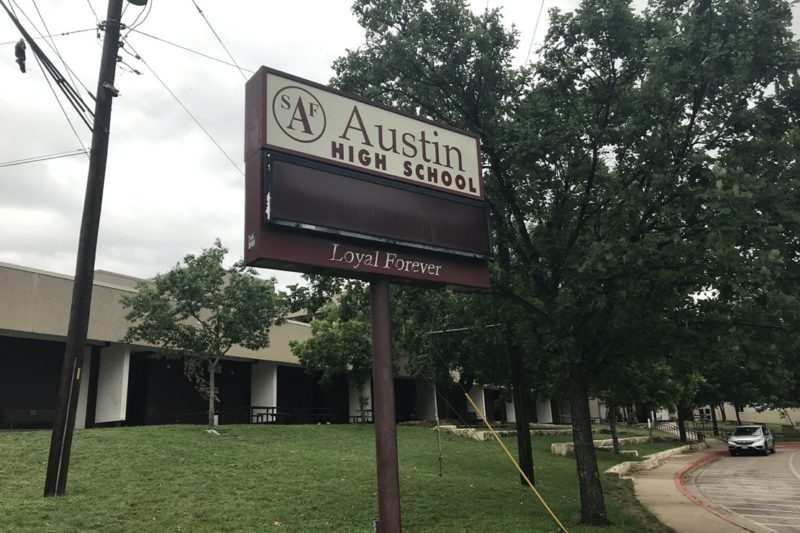Telemedicine Helps Drive AISD Student Access to Affordable Healthcare
By Natalie Venegas
Reporting Texas
 The Austin Independent School District’s decision to roll out telemedicine across campuses should benefit low income communities, health experts said.
The Austin Independent School District’s decision to roll out telemedicine across campuses should benefit low income communities, health experts said.
“Telehealth is not a replacement, but is another resource nurses can use to increase access to healthcare for families,” Spinner said. “It is helping to make healthcare for common conditions that kids have and to be able to reduce the barriers of healthcare for families.”
In 2017 AISD introduced telemedicine, a virtual health visit with a licensed pediatrician using secure audio and visual technology, into three high schools. Under the telemedicine program, students can access this service for free despite the status of their health insurance. Beginning with the use at Lively Middle School, Tracy Spinner, AISD director of health services said the district has made the expansion possible with a partnership with Virtual Care for Kids.
This program allows students to be treated for minor colds, stomachaches, headaches, strep or the flu. The telemedicine services are conducted in the nurse’s office, where the nurse will sit next to the student and help assist the pediatrician in administering any necessary tests and answering questions.
In an email sent to all AISD parents on Jan. 21, the district said all students can now use telemedicine as long as the parent has signed up and given permission for their child to use the service.
“It’s a way for kids to feel better sooner with an increased access to a pediatrician and a way their child can be seen sooner during the peak flu season,” Spinner said.
Catherine Cubbin, a public health expert and associate dean for research in the Steve Hicks School of Social Work at the University of Texas at Austin, said the telemedicine program can benefit low income communities.
“It could be a positive thing for children who are either uninsured themselves or have parents who are uninsured to be able to access care for some of these basic common conditions,” Cubbin said. “It could also help with children that have undocumented parents who might not have health insurance or may be nervous about accessing healthcare.”
Although the program has been around since 2017, some parents are confused about how the program works. AISD parent, Jennifer Griffin said she wasn’t even aware of any benefits the telemedicine program could provide.
“I was confused at first on how this would work, I questioned if kids could get an accurate diagnosis and who was going to be administering these tests,” Griffin said. “But once I had more information, I think parents and kids could not only benefit from this on a physical health level, but also on an economic level as well, especially if it helps out the working parents.”
As part of the telemedicine program, the licensed pediatrician can also prescribe medication to be given to the student by the nurse if necessary. The district states that the medication provided is at no cost to the district, students or to families.
“This can be a service that can make it easier for parents to get their child treated, especially if they can’t afford to take off of work to take their child to the doctor,” Griffin said.
However, with the added telemedicine services and the partnership with Virtual Care for Kids, according to AISD’s adopted budget for 2020, the health services will have a 22% increase in spending over the previous year.
Although these services could improve how low income communities access health services, some are still concerned that this program can mean a reduction in nurses, over prescribed medication and sick students being sent back to class.
“My hope is that they don’t use this service to speed up the process and send the students back to class if they are not feeling well,” Griffin said. “Even if there is medication given, it does not make them contagion free. It might make them feel better, but they are not out of the woods.”
According to Southwest Pediatric Associates, the team of pediatricians felt strongly enough about these concerns to write a response to AISD’s telemedicine program. Southwest pediatricians said they urge parents to contact their local pediatrician first before using the program, but parents like Griffin said there is a lot to consider.
“Ultimately I think it is up to the parents’ call of whether or not they want this kind of service for their child,” Griffin said. “As a parent, I’m all for doing what is best for my child and for what makes my child feel better, but having that increased access to healthcare for my child is something that can make a difference.”
Editor’s Note: This story was produced prior to the COVID-19 outbreak and the closure of Austin’s public schools due to social distancing efforts.